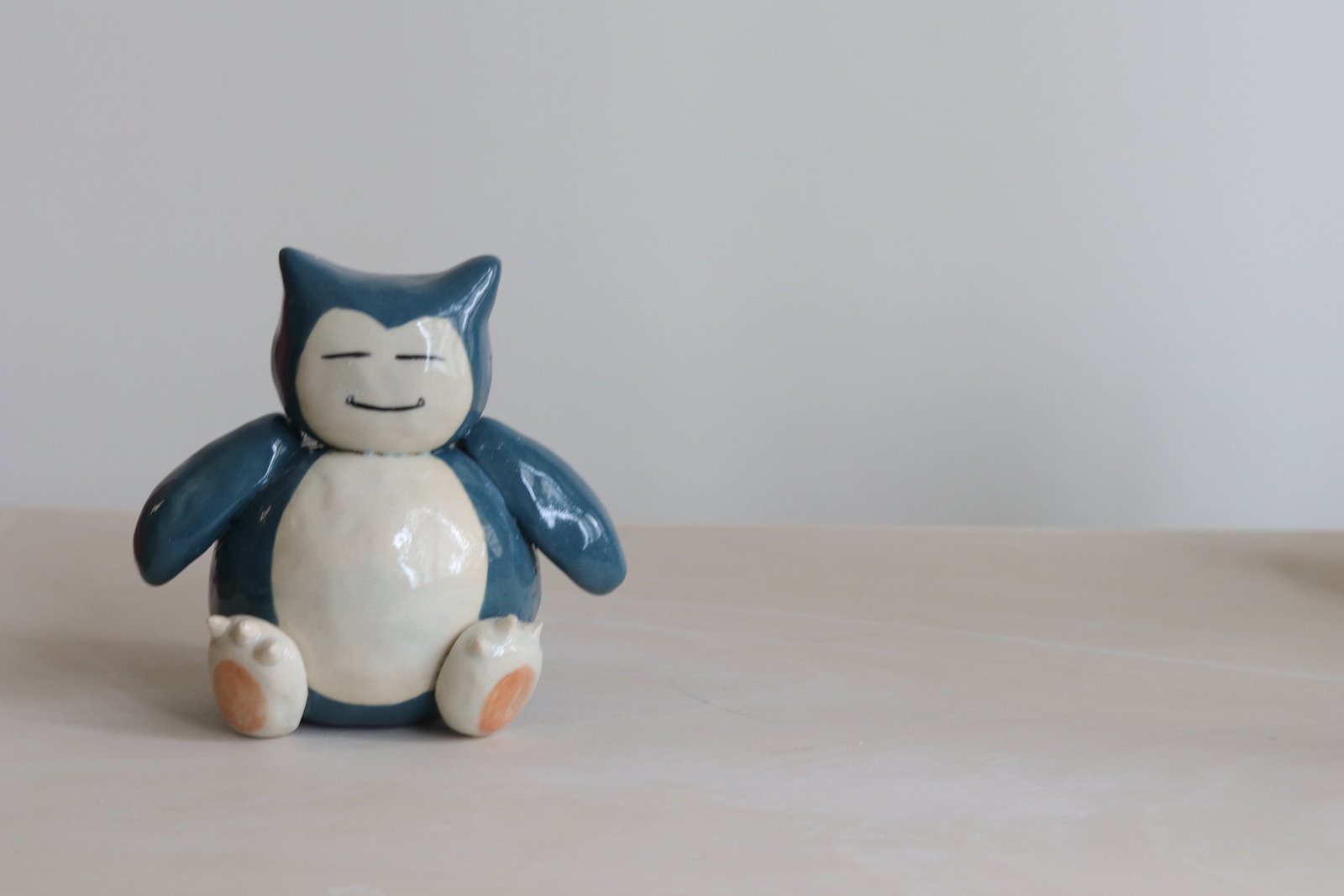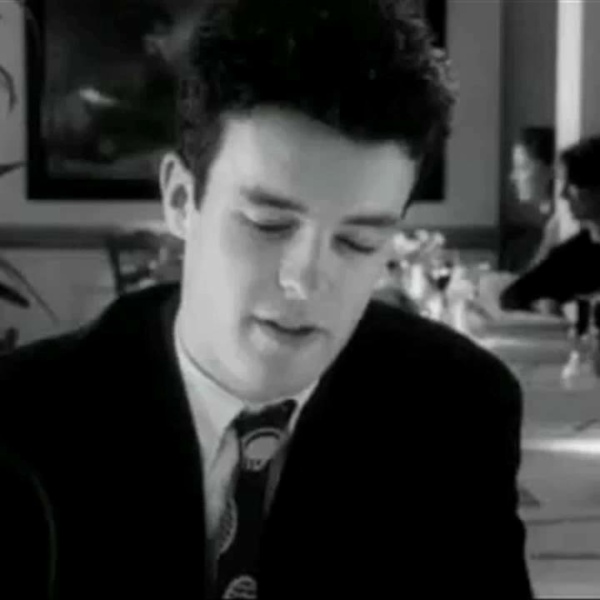
Hello, dear readers and fellow anime enthusiasts! Emma here, your trusty cinematic tour guide, and today, we’re embarking on a thrilling exploration of the kaleidoscope of anime genres. From the heart-pounding action of shonen to the enchanting worlds of isekai, we’ll dive deep into the diverse tapestry of Japanese animation genres, all while keeping the mood light with a sprinkle of humor and, of course, plenty of real-world examples.
The Anime Universe: A Symphony of Genres
Anime is a vibrant and ever-evolving art form that caters to a wide spectrum of tastes and interests. Whether you’re an adrenaline junkie, a hopeless romantic, or a lover of the supernatural, there’s an anime genre tailored just for you.
Shonen: Power and Friendship
We kick things off with a bang—literally! Shonen anime is a dynamic and action-packed genre that revolves around young male protagonists, epic battles, and themes of friendship, growth, and heroism.
Example: “Naruto” follows the journey of Naruto Uzumaki, a ninja with dreams of becoming Hokage, and his bonds with fellow ninjas as they face formidable foes.
Shojo: Romance and Emotions
Shojo anime, on the other hand, is all about matters of the heart. These series are known for their focus on romance, relationships, and the emotional rollercoasters of adolescence.
Example: “Fruits Basket” follows Tohru Honda as she discovers the zodiac curse of her classmates and forms deep connections with each character.
Seinen: Mature and Complex
Seinen anime caters to a more mature audience, delving into complex themes, intricate character development, and often, darker narratives.
Example: “Berserk” explores themes of destiny, revenge, and the human condition through the life of Guts, a lone warrior on a quest for vengeance.
Josei: Realism and Adult Life
Josei anime appeals to adult women, focusing on the challenges, joys, and complexities of adult life, careers, and relationships.
Example: “Nana” explores the lives of two young women named Nana as they navigate friendship, love, and the music industry in Tokyo.
Isekai: Otherworldly Adventures
In recent years, isekai anime has taken the anime world by storm. These series transport protagonists to parallel worlds, often featuring magic, fantasy, and adventure.
Example: “Sword Art Online” follows players trapped in a virtual reality MMORPG, while “Re:Zero” explores a young man’s trials in a fantasy realm.
Mecha: Robots and Sci-Fi
Mecha anime revolves around the use of giant robots, often in futuristic or sci-fi settings. These series are known for epic battles and philosophical undertones.
Example: “Mobile Suit Gundam” introduced the concept of mecha anime, exploring the consequences of war through the eyes of pilots.
Slice of Life: Everyday Moments
Slice of life anime paints a picture of everyday life, focusing on the ordinary and the profound moments that make up our existence.
Example: “March Comes in Like a Lion” portrays the life of a young shogi player, exploring themes of depression, family, and human connection.
Sports: Grit and Determination
Sports anime captures the thrill of competition, teamwork, and personal growth through a variety of sports, from basketball to swimming.
Example: “Haikyuu!!” follows a high school volleyball team as they strive to become champions and overcome their own limitations.
Horror: Chills and Thrills
Horror anime aims to send shivers down your spine, often featuring supernatural entities, psychological terrors, and gruesome mysteries.
Example: “Another” tells the story of a cursed classroom and the horrifying chain of events that follow.
Magical Girl: Transformation and Fantasy
Magical girl anime combines themes of magic, transformation, and girl power as young heroines battle supernatural forces.
Example: “Sailor Moon” follows the adventures of Usagi Tsukino and her friends as they protect the world from evil with magical powers.
Hybrid Genres: Unconventional Blends

Anime often defies genre boundaries, giving birth to unique and innovative combinations that challenge traditional storytelling.
Example: “Fullmetal Alchemist: Brotherhood” blends elements of shonen, fantasy, and philosophy as it explores the consequences of alchemical powers.
Example: “Attack on Titan” combines elements of action, fantasy, and horror to craft a narrative that examines humanity’s survival against giant humanoid creatures.
The Global Impact
Anime’s diverse genres have transcended cultural boundaries, captivating audiences worldwide. From the bustling streets of Tokyo to the heartland of America, anime has become a global phenomenon.
Example: “Dragon Ball Z” introduced millions of viewers around the world to the adventures of Goku and his friends as they defend the Earth.
Example: “One Piece” has garnered a massive international following, making it one of the most popular anime and manga series globally.
The Future of Anime: Innovation and Creativity

As we venture further into the 21st century, anime continues to evolve, adapting to new technologies and storytelling techniques. With the rise of streaming platforms, anime has become more accessible than ever, and creators are pushing the boundaries of what’s possible.
Example: “Demon Slayer: Kimetsu no Yaiba” blends breathtaking animation with an immersive historical setting and supernatural elements, earning international acclaim.
Example: “My Hero Academia” explores themes of heroism and society, resonating with viewers around the world.
In Conclusion: Anime’s Infinite Horizons
Anime’s diverse genres offer something for everyone, whether you’re seeking heart-pounding action, heartwarming romance, or mind-bending mysteries. As the anime universe continues to expand, it invites us to explore new worlds, confront profound questions, and connect with characters who touch our hearts.
So, dear readers, whether you’re a seasoned otaku or just dipping your toes into the colorful world of anime, there’s a genre waiting to enchant and captivate you. Until our next anime adventure, “Sayonara!”


